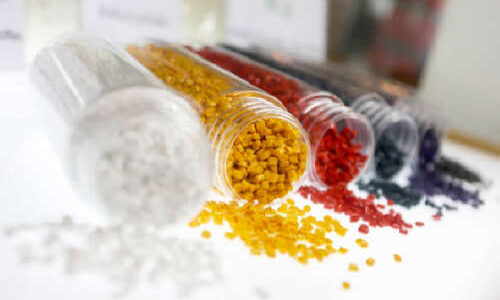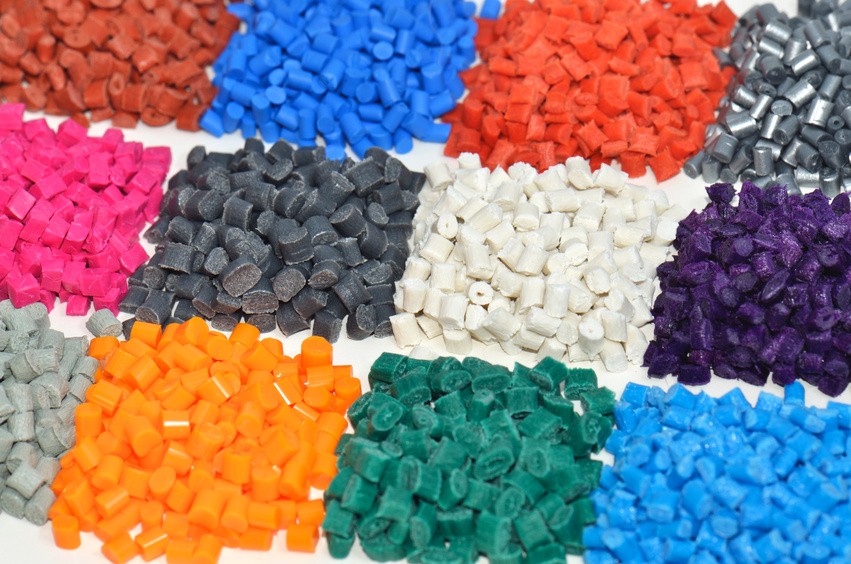Thermosets. Facilities that produce/formulate thermoset polymers typically describe the initial reaction phase as “condensation” polymerization. During the reaction, a condensate is formed when unreacted and partially reacted monomers and additives, in combination with water molecules released in the reaction, vaporize, cool, and then collect in a condenser or series of condensers. This condensate, if not recycled in the process, becomes a wastewater by-product. Thermoset polymers are typically produced on a batch-by-batch basis and the product developed in the reactor is usually not fully polymerized (“cured”). As discussed earlier, the partially cured condition of the process stream allows the substance to be modified, subject to its specific chemical makeup and polymerization stage. Once removed from the reaction vessel(s), this process stream may undergo viscosity adjustment; usually, this means the mixture is diluted with solvent. The mixture may also be filtered to remove contaminants.
Thermoplastics and Elastomers. Although not all products are produced using reaction vessels, facilities that formulate thermoplastics and elastomers typically describe the reaction phase as “addition” polymerization. Generally, addition polymerization involves one type of monomer species and is begun by using an initiator which activates monomers by breaking a double bond between atoms. The reaction phase is often a continuous process that may take place in a series of reactors. As with thermoset polymerization reactions, chemical reactions between the process ingredients in the vessel do not reach 100% efficiency. As a result, some additives and reactant substances, combined with water, pass through (are vacuumed off) the reaction process partially altered or unaltered, as vapor. However, unlike thermoset reactions, the vapor does not usually become wastewater once it has been condensed and collected. Condensed vapor from the reaction is either reused directly in the reaction, or is collected and used as a makeup ingredient for later batches. Partially-reacted particles remaining in the process stream may generate waste when the product is filtered.
In some polymerization reactions, chemically complex reactants and additives in the polymerization vessel undergo side reactions which create low molecular weight polymer. This offspecification polymer is sometimes referred to as “dimers” or “trimers”, depending on the number of molecules in the polymer chain. This low weight polymer, including any unreacted and partially-reacted process additives drained from the vessel, generates waste. Although a portion of the reject low weight polymer may be reusable within the product batch, the unusable portion can sometimes constitute a significant wastestream.
It is important to note that addition or condensation reaction polymers can be produced via several methods. These polymerization methods include solution, mass, suspension, and emulsion, or some combination of these. To a large extent, the polymerization method used to produce a polymer is a function of the form of the final or intermediate product. However, for purposes of this report, it is more important to note that process variables in polymerization reactions can affect the amounts or toxicity levels of waste generated. Some of the key polymerization reaction variables include heating ramp times for process mixtures, peak temperatures, cooking (reaction) time, the degree to which vacuum and agitation is applied to the process stream, catalyst(s) pH level, and the rate at which catalyst is added to the mixture.




